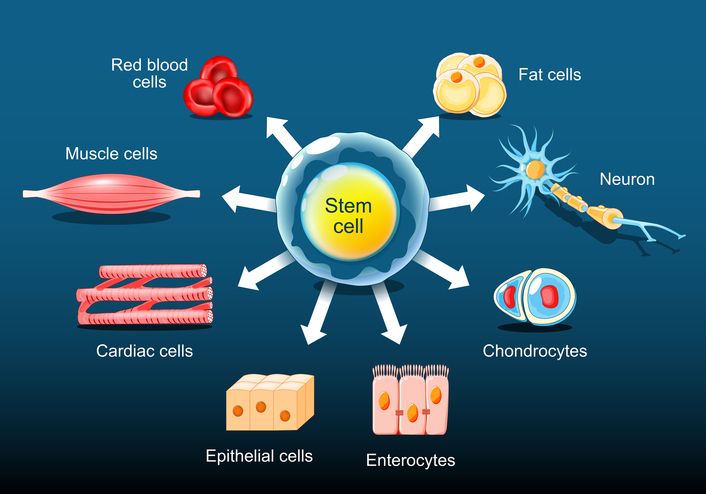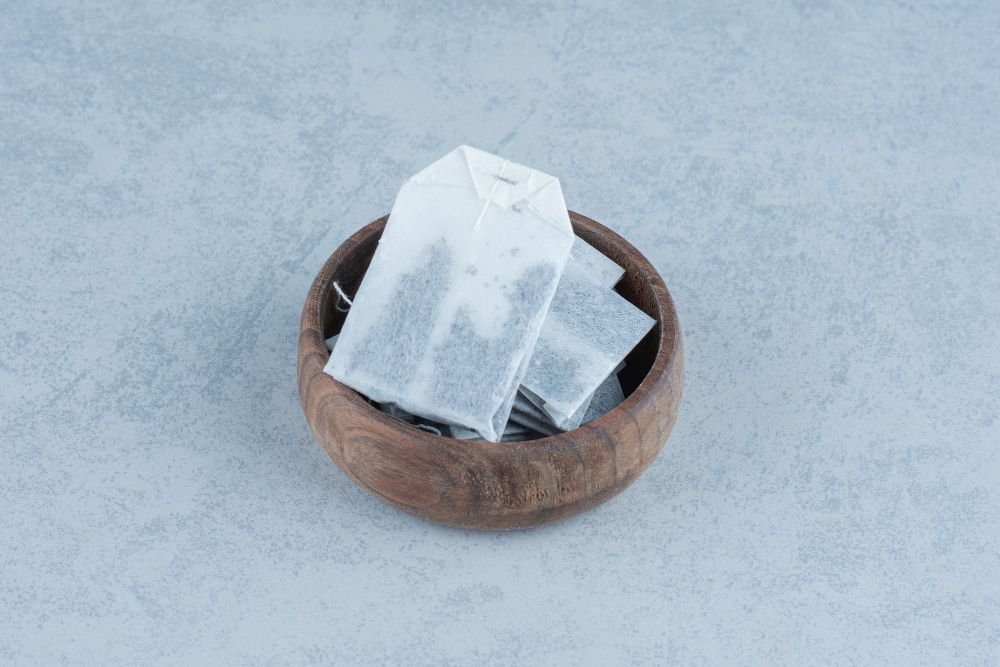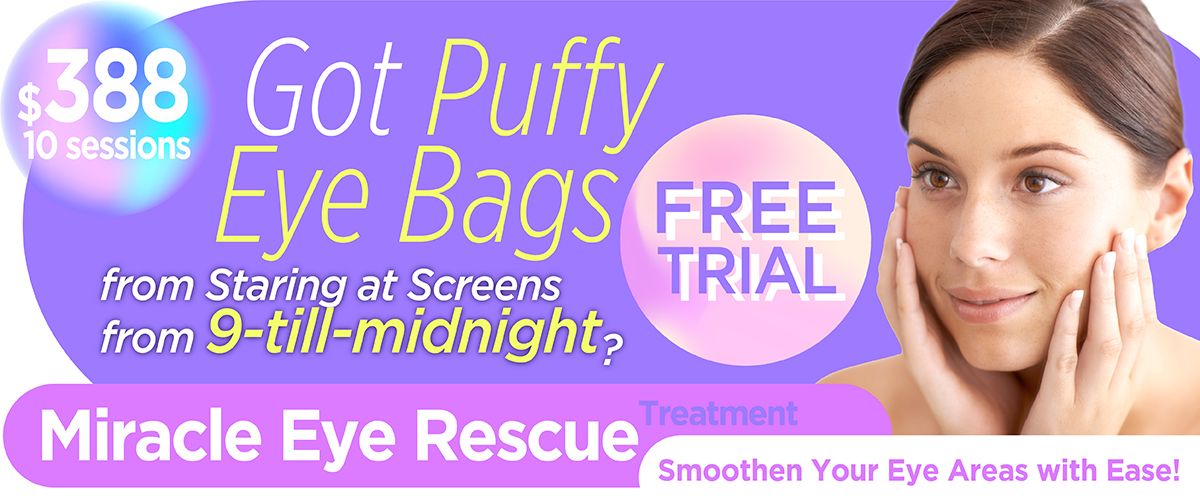

Book Now to Experience
Miracle Eye Rescue Treatment
1 Minute Self-Registration
Date should not be before minimal date
Author: Leila Tan|Updated: 23 July 2024
Hyperpigmentation is a hypersensitive skin condition which is caused by the excessive production of melanin by keratinocytes. Are you looking for effective treatment of hyperpigmentation? Then, you're on the right track! It's likely that your appearance has been negatively impacted by this common skin condition. Understanding the right treatment can help you treat the skin condition.

1
What is hyperpigmentation
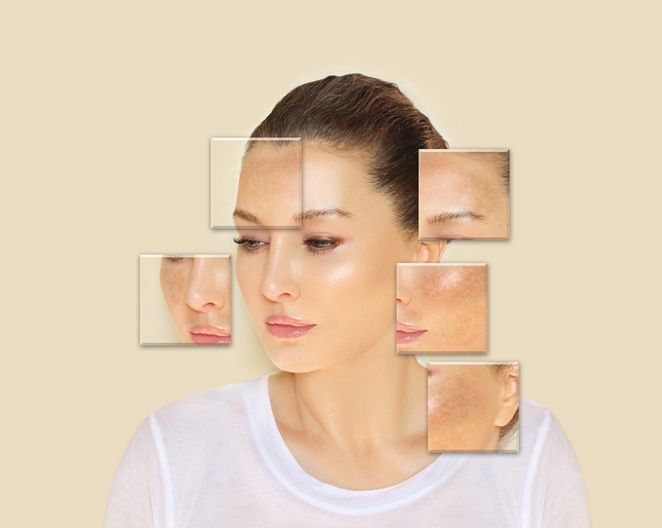
Hyperpigmentation is a skin condition where it makes the skin darken in patches or areas due to an increase in melanin. Although one of the most prevalent skin problems, hyperpigmentation, can be challenging to treat. If you have it, you may begin to notice darkened skin in patches that don't appear to be your usual skin tone. Brown patches that resemble huge freckles will frequently appear as a symptom. The skin may create more melanin as a result of burns, bruising, acne, rashes, or other trauma and develop black spots.
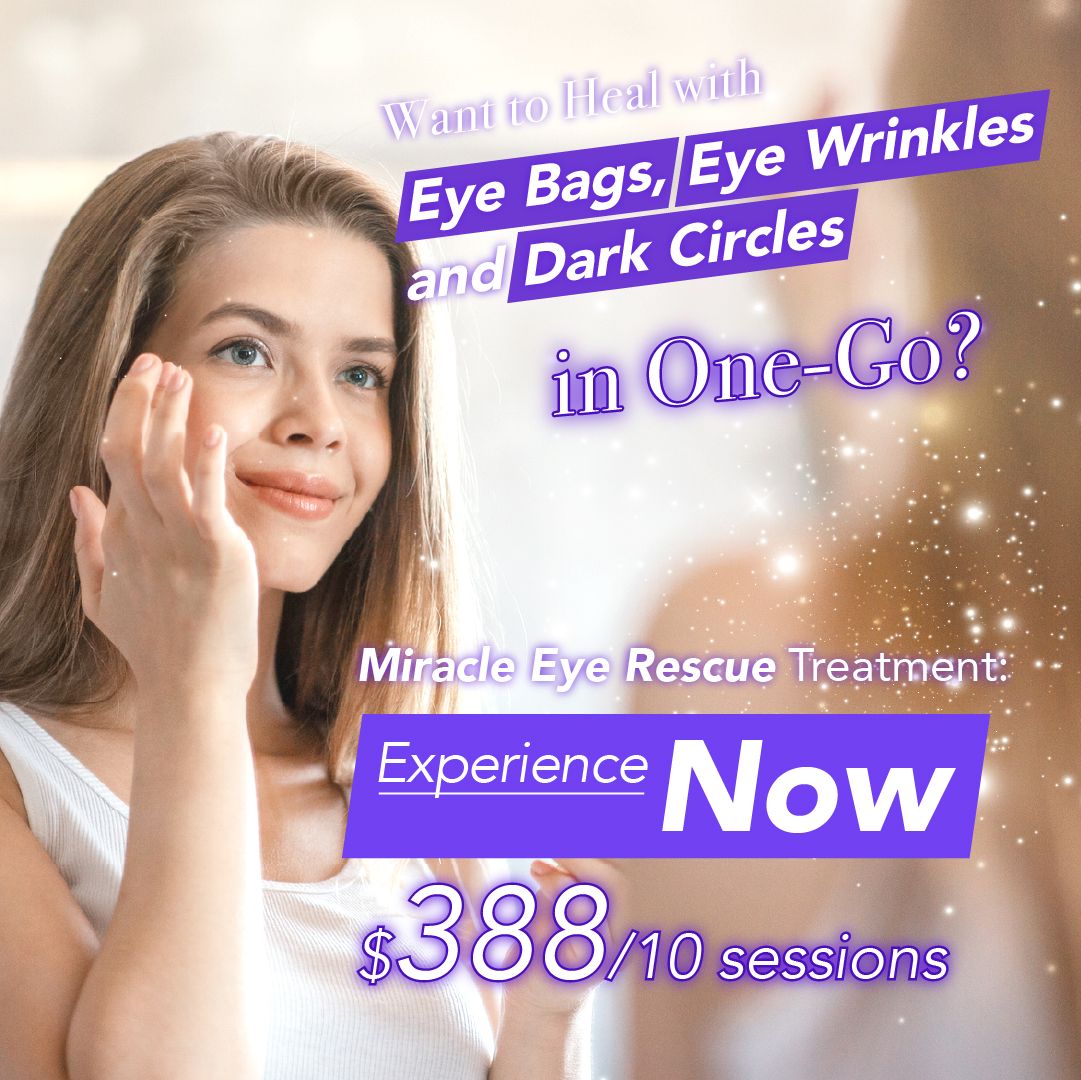

2
What is melanin production?
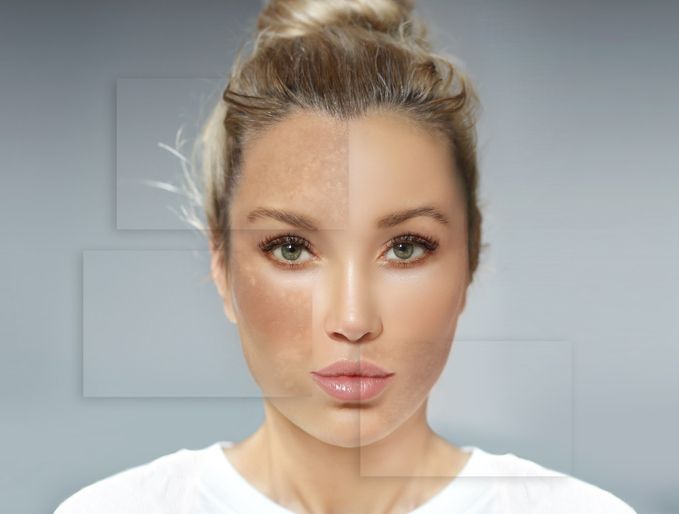
Your body contains melanin, which is responsible for the color of your hair, eyes, and skin. Your skin, hair, and eyes will be darker the more melanin you create. Tyrosine, which is an amino acid, is the source of the intricate polymer known as melanin. Your distinct eye, hair, and skin color are all a result of melanin, which is present in both human and animal skin in variable amounts.
Read More

3
Types of hyperpigmentation
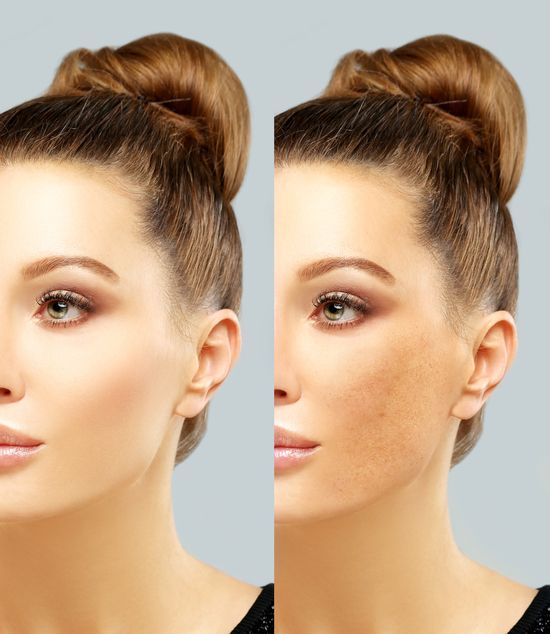
Age spots or liver spots
Flat brown, grey, or black dots on the skin called age spots. The backs of your hands and your face are typical sun-exposed regions where they develop. The terms liver spots, senile lentigo, solar lentigines, and sun spots are also used to describe age spots. Even though they may start to form at a young age or even during childhood, they tend to manifest themselves most frequently around middle age and later in life, especially if you spend a lot of time in the sun.
Melasma
The phrase roughly translates to "black spot." Patches of skin that are light brown, dark brown, or blue-gray may indicate that you have melasma. This skin disorder is characterized by brown, blue-gray, or freckle-like patches on the skin. Several people refer to it as the "mask of pregnancy" as well. Melasma appears when the cells that determine your skin's color produce too much of themselves.
Post-inflammatory hyperpigmentation
This hyperpigmentation occurs when the skin tries to defend itself when it is irritated or damaged can lead the melanocytes to become overactive and create too much melanin. Skin inflammation from acne lesions frequently results in post-inflammatory hyperpigmentation. A post-acne mark or dark patch may remain after these blemishes have cleared up. The most typical skin tones for this type of hyperpigmentation are medium to dark.
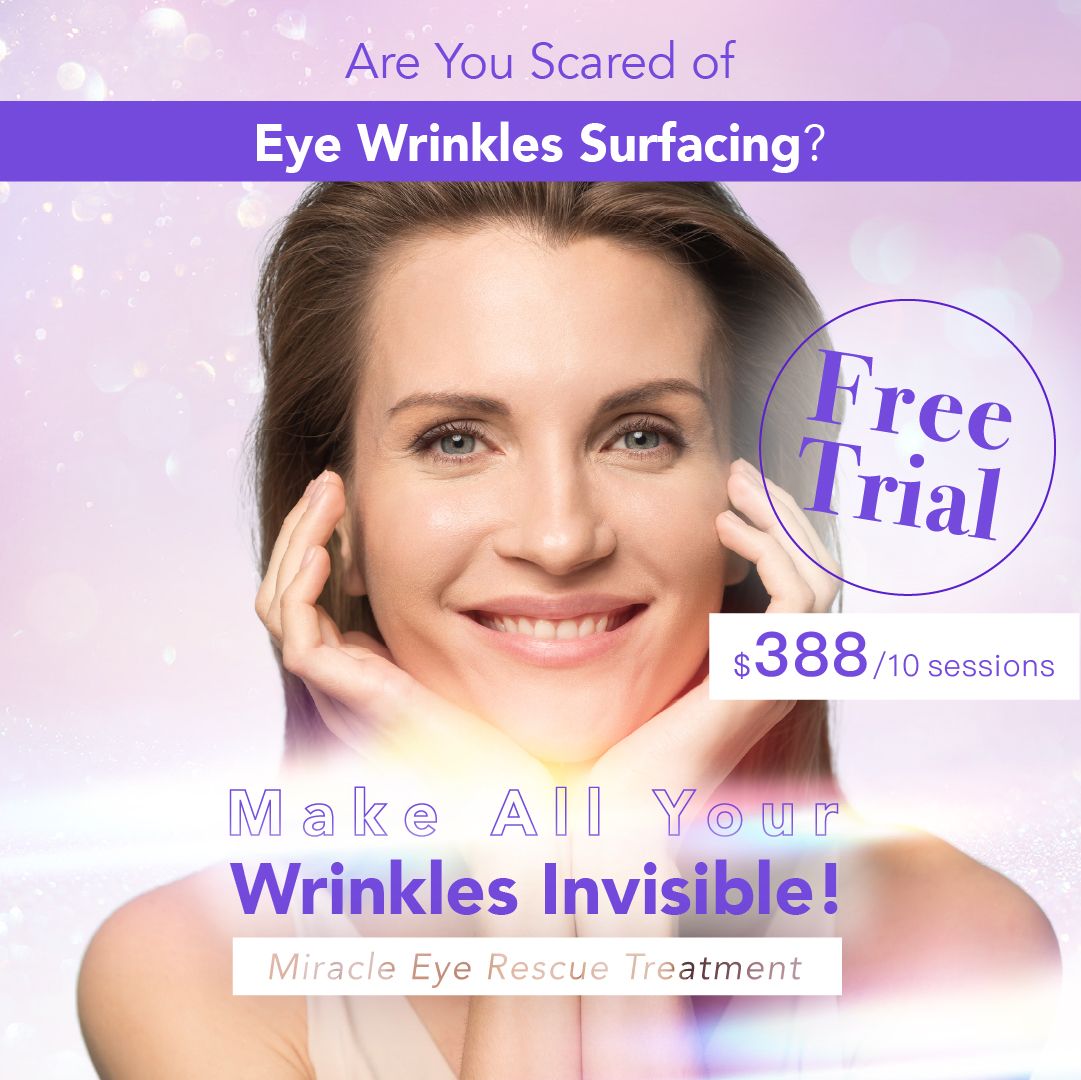

4
What causes hyperpigmentation
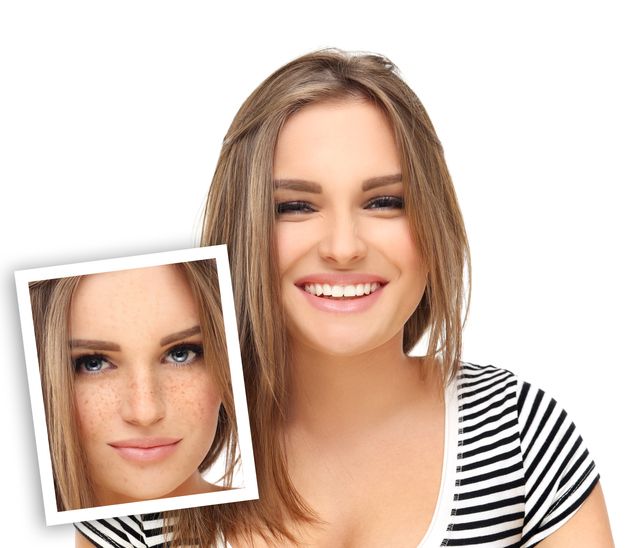
Many things can lead to hyperpigmentation. The majority of diffuse hyperpigmentation instances, according to an expert, are brought on by underlying diseases. Addison's illness, hyperthyroidism, and hemochromatosis are a few examples of these disorders. Medicines that are taken during chemotherapy are also known as a cause of hyperpigmentation.
Localized hyperpigmentation, on the other hand, is more frequently observed in dermatological offices and is more likely to be caused by a direct injury or skin inflammation. UV rays, acne outbreaks, harsh skin chemicals, and even hormonal changes like those that occur during pregnancy or pill use can all contribute to this inflammation.

Book Now to Experience
Miracle Eye Rescue Treatment
1 Minute Self-Registration
Date should not be before minimal date

5
How is hyperpigmentation treated
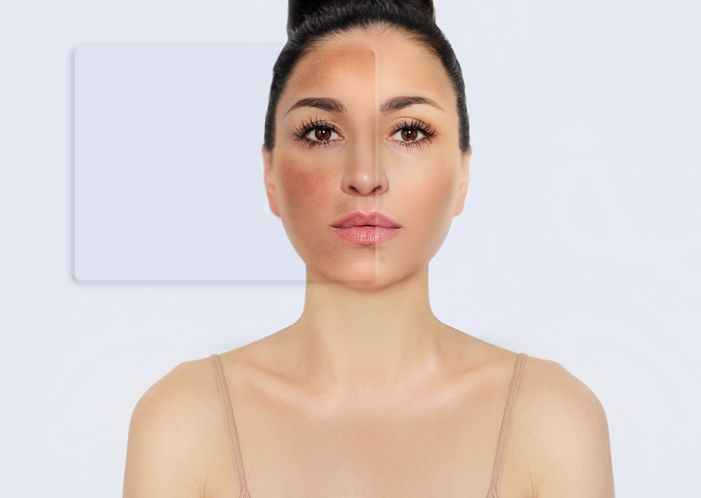
Acne Treatment - New Beauty
This treatment is perfect for hyperpigmentation that is caused by acne scars. The Acne Treatment is a new treatment from New Beauty for skin that is prone to breakouts. First, the dual spiral suction plus drainage technology exfoliates dead skin cells and clears clogged pores at the same time, reducing acne infection and inflammation. The face is then treated with a moisturizing serum to control sebum output and encourage collagen synthesis. Future breakouts of acne are less likely if there is insufficient oil. Acne, blemishes, blackheads, whiteheads, pockmarks, enlarged pores, dry skin, acne scars, and dull skin tone are all goals of the acne treatment.
How does this treatment work?
Step 1: The consultant will outline the procedure's steps and theoretical underpinnings. The beauty therapist then performs a patch test to make sure the probe hasn't caused any irritation.
Step 2: The hoover microdermabrasion and deep cleaning process is started by the twin spiral suction/drainage probe. Exfoliation is used to remove dead skin cells, oil, and grime that have been trapped in the pores and on the surface of the skin. The acne inflammation and infection should gradually subside if the pollutants are removed.
Step 3: To balance the water-to-oil ratio, calm the oil glands from future overproduction of oil, and promote collagen growth, the moisturizing serum is injected into the unclogged skin. This results in treating acne, fewer new outbreaks, and a finer complexion for the skin.
Benefits of this treatment
Eliminate dead skin cells: Excess dead skin cells are removed using dual spiral suction and drainage technology to keep pores from becoming clogged in the future.
Hydrating Essence: Hydrating Essence A hydrating serum of medical-grade can penetrate the deepest layers of the skin to hydrate and nourish the skin tissues while also calming acne-prone skin. Moreover, it soothes the sebaceous glands to stop overproduction of oil.
Clear Results: You will have less acne breakouts, acne scarring, and various types of acne as the treatment goes on. See as your skin becomes healthier, more moisturized, and lighter with less of an oily sheen!
Non-invasive Medical Care: The acne treatment is non-invasive, so there is no need for oral antibiotics, surgery, incisions, injections, or acne medication. Most persons with moderate to severe acne, according to our in-house beauticians, are candidates for this treatment.
Miracle Eye Rescue Treatment - New Beauty
Any hyperpigmentation that results from dark circles is compatible to go through this treatment. Age, though, might make them appear less radiant. You may appear fatigued and older if you have common eye problems including under-eye bags, fine wrinkles, dark circles, or tear troughs. In order to effectively improve the appearance of eye bags, eye lines, dark circles, tear troughs, and more, New Beauty introduces the Miracle Eye Rescue Treatment. Radiofrequency (RF) energy of three different wavelengths penetrates deeply into the various skin layers around the eyes, stimulating collagen growth and dissolving eye bag fat.
How does this treatment work?
Step 1: The client's orbits are cleaned before the aesthetician applies RF gel. The therapist will then perform a patch test to see whether the client is suitable for the equipment handpiece and energy intensity. If the customer doesn't exhibit any discomfort, the session won't start.
Step 2: Throughout the process, the therapist keeps an eye on the client's response and modifies the energy level as necessary. The three RF wavelengths penetrate each skin layer in turn (outer, middle, inner). Microcirculation is enhanced by heat for quicker toxin and water excretion.
Step 3: RF is beneficial for eye bags, swollen eyes, and dark circles because its thermal energy can dissolve eye-bag fat. After the treatment technique, thermal energy encourages collagen formation, giving fine wrinkles a plumper appearance.
Benefits of this treatment
Triple Wavelengths RF Energy: Under-eye circles and dark circles are efficiently treated by three separate RF energy wavelengths that emit thermal energy to reach different skin layers.
Encourages collagen synthesis: Collagen around the ocular muscles can continuously increase when exposed to radiofrequency (RF). The skin's elastic fiber networks are supported by new collagen, which increases skin elasticity and lessens the appearance of dark circles.
Increase metabolism: Radiofrequency (RF) can help the orbicularis muscles' blood flow. In order to remove dark circles, the heat energy can dissolve the fat behind the eyes by natural metabolic clearance.
Non-invasive Treatment: Surgery, injections, or other intrusive procedures are not necessary with this low risk approach. It works well for both lighter and darker skin tones and a variety of skin types.


6
How to prevent hyperpigmentation in future
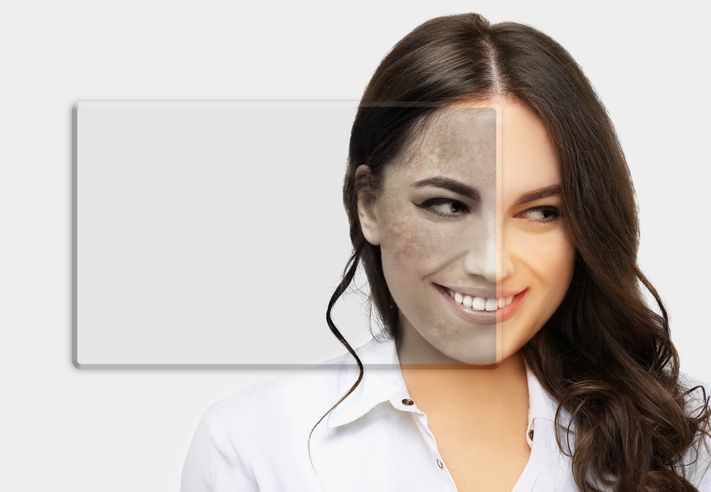
Use Proper Sun Protection
Excessive sun exposure is one of the causes of melasma and hyperpigmentation. Sunscreens are crucial in preventing certain conditions. Moreover, sunscreens aid in reducing oxidative stress brought on by excess sun exposure to UVA and UVB rays from the sun. These rays induce patchy skin darkening and premature skin aging. To generate the skin pigmentation to balance, use sunscreen daily. UV radiation can develop dark patches even on cloudy days, but using sunscreen every day can help avoid hyperpigmentation.
Prescription skincare products
According to an expert from Byrdie, it's time to consult a professional when at-home skincare and mild peels haven't worked or when you want something more potent. The majority of reputable doctors and skin care facilities will have expertise in treating pigmentation problems. Anyone you choose to consult with should obtain a complete medical history and evaluate your skin using a number of techniques before creating a thorough, personalized treatment plan.
Frequent exfoliation
Whatever your skin type, exfoliate skin is a crucial component in any skincare regimen. Exfoliation will make sure that your skin is as healthy as it can be, even if cleansing, moisturizing, and sunscreen are all equally vital. Dead skin cells on the skin's surface are eliminated when you exfoliate your skin. With the help of exfoliating scrubs, skin cells can regenerate more quickly, giving the appearance of smoother skin rather than harsh or dry skin. Your pores will get unclogged if you complete this procedure correctly, releasing fresh cells and creating a passageway for skincare products to permeate deeper into the skin.
Consult a dermatologist
Talk with your esthetician so they can recommend remedies for hyperpigmentation. Your amount of hyperpigmentation will determine if you need expert assistance to remove obstinate dark spots. Make sure to see a dermatologist for advice before undergoing any treatment such as laser treatments or chemical peels. They'll be able to either start you on a customized skincare routine, compile a list of treatments that are suitable for your particular skin type, or offer a combination of the two.

7
Conclusion
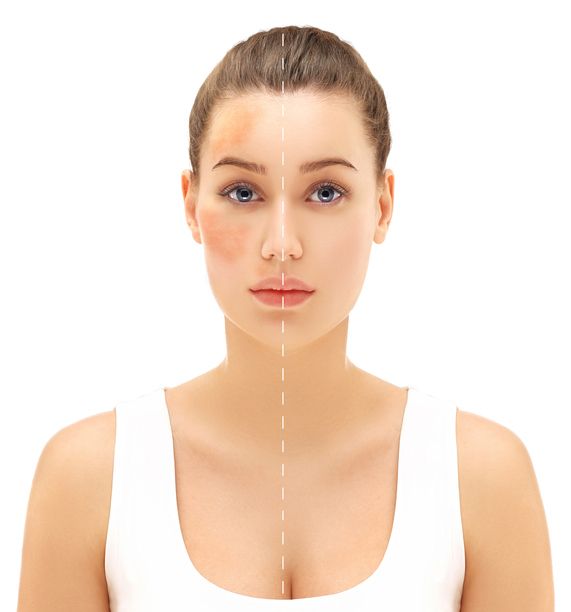
According to an expert from Byrdie, our hyperpigmentation is primarily caused by melanocytic instability. The dermo-epidermal junction and basal layers of our skin contain pigment-generating cells that, if stimulated, can become hyperactive and begin creating too much melanin, resulting in hyperpigmentation and sunspots. So anyone is likely to develop hyperpigmentation.
To treat hyperpigmentation there are many options available and you always can undergo one in order to reduce and get rid of your hyperpigmentation. Before deciding on a treatment, it is recommended to visit an expert to get their opinions and suggestions. They always can help you in deciding the right and effective treatment based on your skin type and severity of condition.
FAQ
How can exposure to the sun lead to hyperpigmentation?
The main cause of hyperpigmentation in those with fair skin is sun exposure. UV radiation can still alter pigmentation even if you do not experience sunburn or other skin damage after being outside in the sun. Sun exposure can result in the development of new dark spots and discolorations as well as the darkening and aggrandization of pre-existing hyperpigmentation.
Does hyperpigmentation naturally fade away?
Many varieties of hyperpigmentation may gradually fade away over time, however some forms are permanent. While a discoloration deeper in the skin may take years to dissipate on its own, a dark patch that is a few shades darker than your skin may fade in 6–12 months. Dark spots and hyperpigmentation can be significantly reduced with targeted treatments like a dark spot corrector to give the skin a cleaner appearance.
What components of skincare work best to reduce hyperpigmentation?
A substance proven to help brighten skin is vitamin C. A derivative of vitamin C called activated C is suitable for skin-brightening skincare products because it penetrates the skin well and is active there for a longer amount of time than certain other types of vitamin C. Another common element in skincare treatments for hyperpigmentation is salicylic acid. Salicylic Acid is believed to help lower the intensity of hyperpigmentation and lessen the appearance of dark spots, in addition to helping to visibly reduce blemishes that can result in dark spots when used in an acne skincare routine.

Book Now to Experience
Miracle Eye Rescue Treatment
1 Minute Self-Registration
Date should not be before minimal date
Recommended Articles
COPYRIGHT© NEW BEAUTY MANAGEMENT LIMITED 2025. ALL RIGHT RESERVED.


